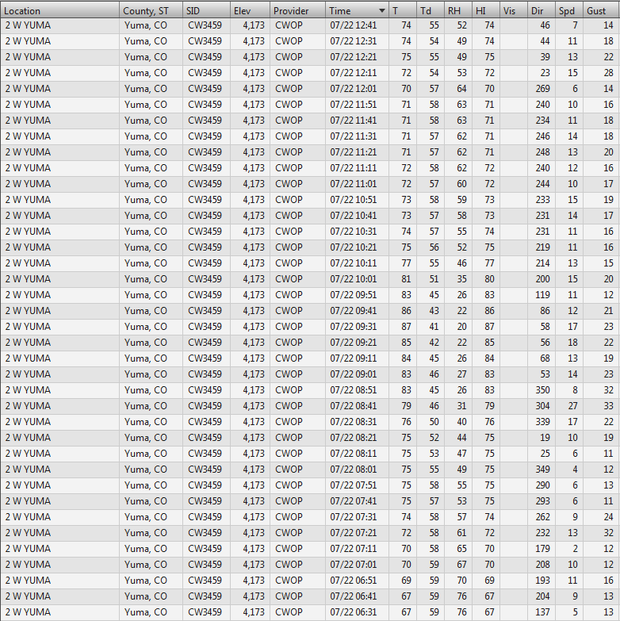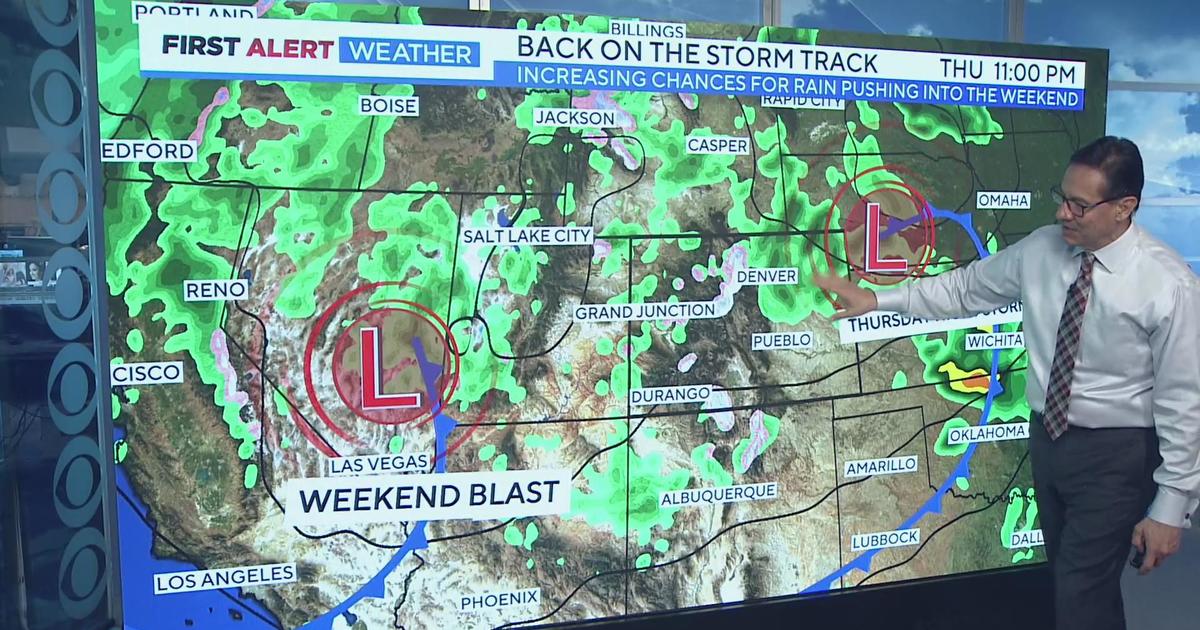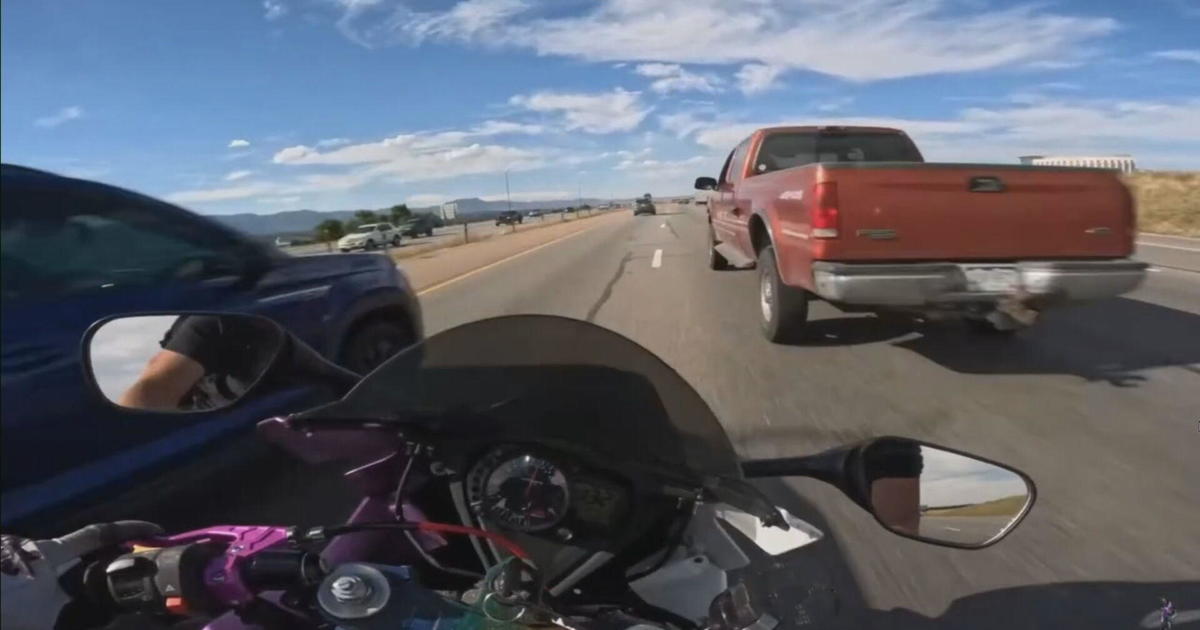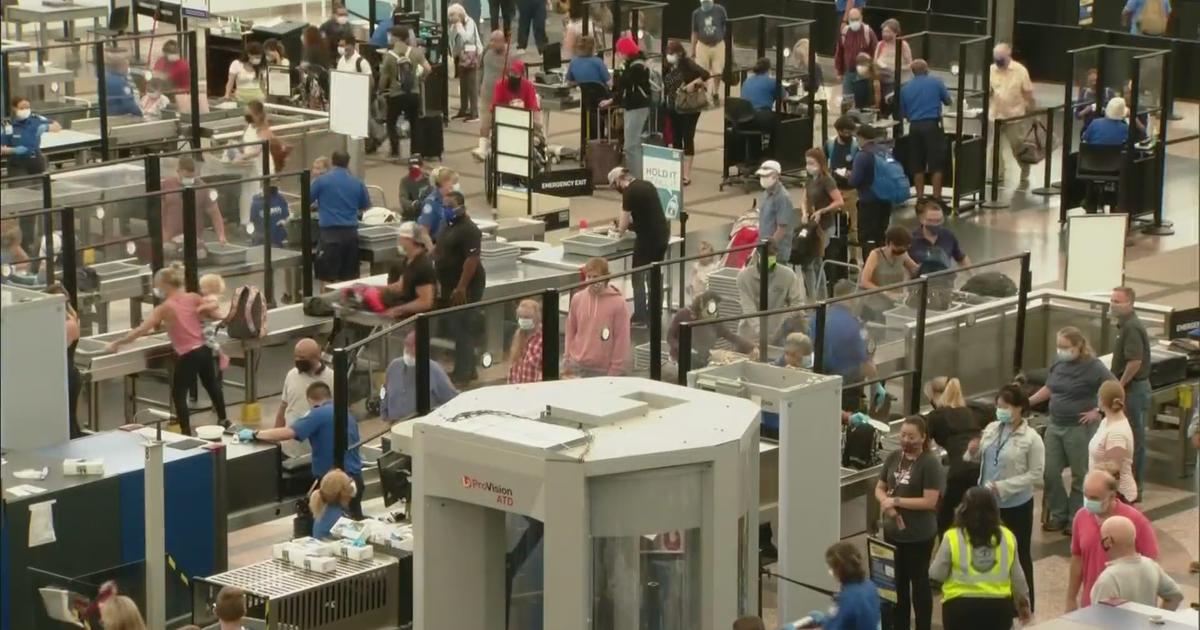Overnight Heat Burst Recorded In Eastern Colorado
DENVER (CBS4) - An astute forecaster at the National Weather Service office in Goodland, Kan., observed an interesting weather event early Tuesday morning.
At 12:41 a.m., the weather station 2 miles west of Yuma, Colo., reported an air temperature of 67 degrees.
By 3:31 a.m., the temperature had risen to 87. It dropped back to 70 just after sunrise.
This phenomena is one that is known to happen, but isn't always documented.
It's called a heat burst.
THUNDERSTORM DOWNBURSTS
Just as humans breathe in and exhale air, so do thunderstorms.
Typically, high inside the cloud, there is a pocket of colder air, cooled by evaporation, much like the evaporation of sweat has a cooling effect on skin.
As the air cools, it becomes heavier than the air surrounding it, and sinks.
As the air sinks, another process takes place, called compression. This warms the temperature of the sinking air.
If the air around the thunderstorm is very dry, then rapid evaporation can take place.
This will cause a large amount of cooling, and the air inside the thunderstorm will sink at a higher speed.
This is called a downburst.
HEAT BURST
In a dying thunderstorm, the cooling of the air by evaporation offsets the warming caused by compression.
So, as long as there is still evaporation taking place inside the cloud, the cooling and sinking process will continue.
Sometimes, all the water in the sinking air can evaporate before it reaches the ground.
When this happens, compression takes over, and the air temperature will begin to rise.
This warming process will begin to slow the speed of the downdraft, but, if there is enough momentum built up, the now warmer, drier air will continue to push toward the ground.
The result is a sudden burst of hot, dry, gusty wind felt at the surface, called a heat burst.
When the heat burst was recorded in Yuma early Tuesday, the relative humidity went from 76 percent at 12:41 a.m., to 20 percent when the warmest temperature was measured.
RIGHT PLACE, RIGHT TIME
Heat bursts probably happen more than we know, but they have to occur over a weather station to be documented.
One of the most well known, recent heat bursts, happened in Wichita, Kan., on June 9, 2011.
During that event, the temperature rose from 85 degrees to 102 in just 20 minutes, shortly after midnight.




